With the KS2 Maths test in May, we all need to start helping our children prepare for it. And we’ve found the perfect recipe for success on the Maths exams: a heap of your child’s effort, a tremendous push from you, and a bundle of SATs Companion.
1. Listen to the Problem
Even as teachers, it can be tough to be patient when they don’t understand a maths topic or get the correct answer after it has been covered on many occasions. We end up repetitively saying “No, that’s not how you do it” and “Let’s try this again” with a wrinkled forehead and a slightly frustrated tone. But how are kids supposed to try questions again if they don’t understand the concepts?
Whether you’re working on SATs KS2 Maths worksheets or using our revision bank with your child, take a step back and some breathers (we know we all need it!). Then, have your child try to explain their thinking process. It’s easier to help them out when we understand how they’re processing the question and which part of the problem they find difficult. When you really lean into listen, you’ll be able to help your child solve similar math problems in the future.
Making mistakes are an important part of improving in Maths. Show your child that making mistakes is part of the process. The acronym FAIL can be useful as it can stand for First Attempt In Learning, It’s a good way to show your child that we all make mistakes and by it is through resilience that we continue to improve.
2. Back to Basics
When you have a solid foundation, your learning process is often easier. I once gave a group of Year 6 pupils a mock SATs arithmetic paper. I noticed that many students struggled to move onto the next question because they wasted a lot of time trying to calculate numbers. No matter what level of difficulty the questions may be, it is all about the calculations in the end.
Help your kids improve their accuracy and speed with mental maths activities. Use flash cards or have your child race against the clock. Another fun game to try is a Countdown style numbers game. Select a number and ask your child to use a selection of numbers to try and get to the target number.
3. Make Maths Tangible
KS2 SATs Maths questions are slightly more complicated because it requires your children to use two-step methods. All the unnecessary information tends to throw off children when they attempt to solve a word problem. As Elizabeth Green says, “Math is not a disconnected process but a manipulation of real numbers that exist in the real world and make real sense.” (New York Times) Many kids don’t realise they’re already doing maths when they’re counting how many more pieces of candy they have than their friends.
If you struggle to keep your child engaged while solving problems, I recommend you reword the problem by changing the “X” amount of something to their favourite chocolate bar. For some kids, they may need to see the objects to understand the problem. Try drawing pictures or use physical objects to help your child visualise the maths problem.
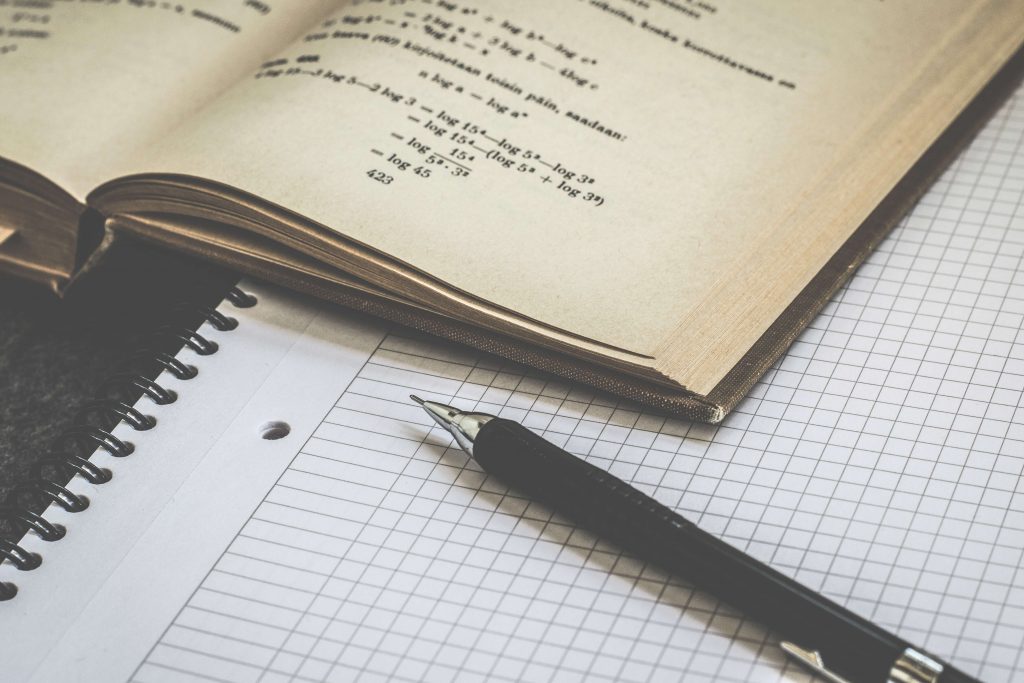
4. Familiarise them with Different Styles of Questions
3 x 7 is one of the easier styles of questions on the KS2 SATs. However, if your child can easily answer 3 x 7, but can’t answer it in a different style (eg) when the question is in the context of a real life problem, it means they haven’t fully grasped the concept. It may be more work for you, but try giving your child one question in different styles to familiarise them with what the test questions will be like. Unfortunately, even if your child can answer 3 x 7 = 21, if they can’t figure out 3 x = 21, they won’t be able to get the mark.
5. Familiarise yourselves with sample SATS KS2 Maths Tests
It is useful to download so you can see the different styles of questions and levels of difficulty. SATs Companion has 10 test papers for Maths & SPAG, covering all areas of the new curriculum. They cover all the question styles, content and gives personalised feedback to prepare you child for the tests in May.
Happy Studying!






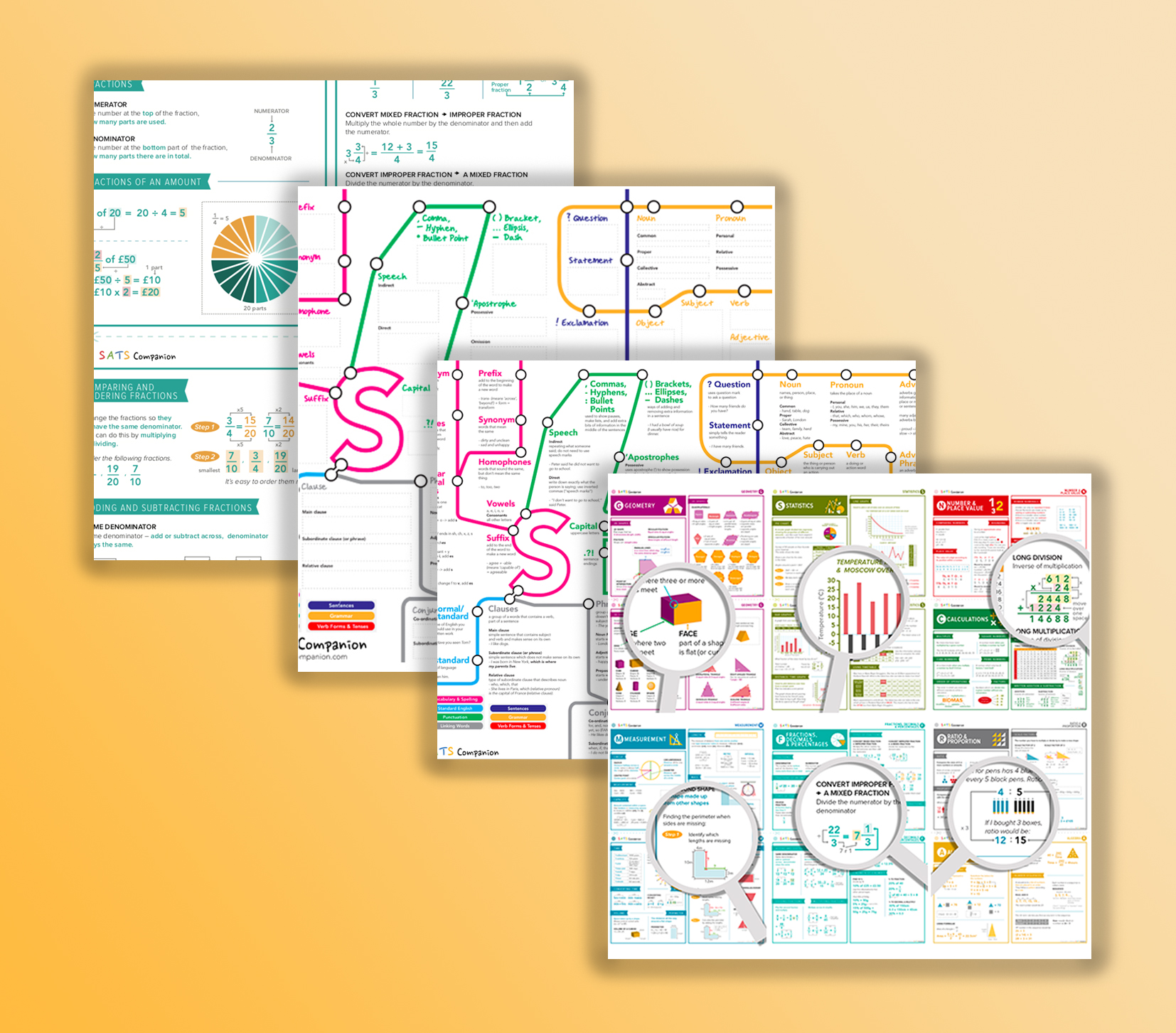
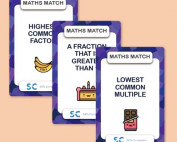
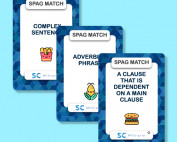
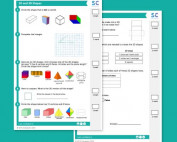
Leave A Comment
You must be logged in to post a comment.